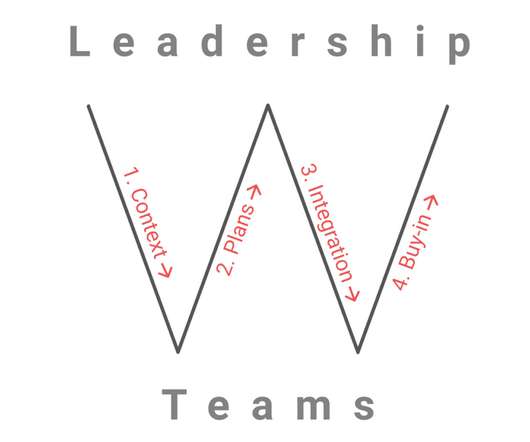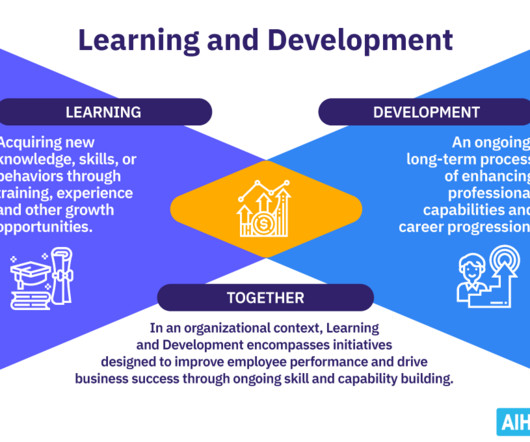Using the W Framework to build your growth strategy
Growth Hacker
SEPTEMBER 30, 2022
The growth team is always doing something new, such as improving conversions, validating a new channel, optimizing a step of the funnel, testing new pricing plans, experimenting with a new bundle/packaging, and improving retention with a completely new approach. It’s hard to plan the future based on no past. So what should they do then?


















Let's personalize your content